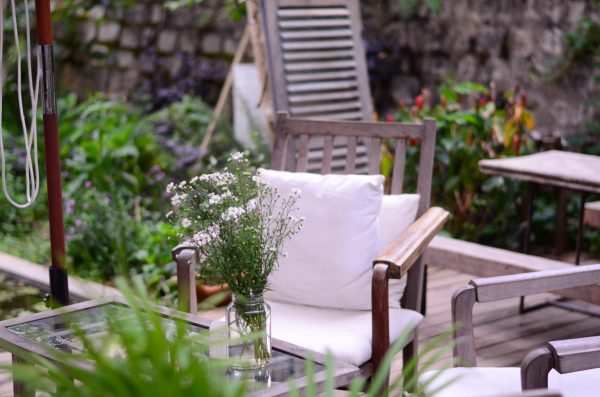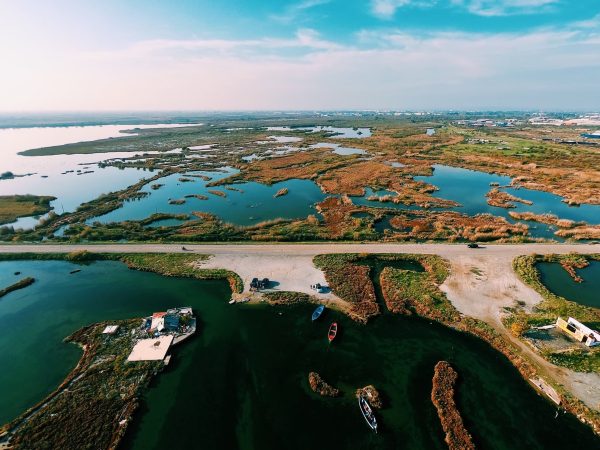
What are climate shelters?
We explore this concept, which will become increasingly familiar as the climate crisis worsens
Climate shelters are spaces adapted to provide comfort for both animals and humans in the face of the growing climate crisis that is making our planet increasingly hostile.
Different regions of the world are experiencing the effects of this crisis at different rates and with varying consequences. Some areas are facing extreme temperatures in both winter and summer, while others are seeing catastrophic weather events—such as hurricanes, storms, droughts, or torrential rains—become more frequent and severe.
What a Climate Shelter Is and Isn’t
We can categorize the characteristics of climate shelters into two main groups:
Physical Characteristics:
These spaces must maintain temperature, humidity, and shade at levels necessary for human health and well-being.
They should avoid materials that conduct excessive heat and should not rely on heating or air conditioning systems that could cause adverse effects, such as excessive artificial heat or cold, or dryness in the respiratory mucosa.
They must provide access to fresh water and rest areas.
Usage Characteristics:
Climate shelters must be accessible to all citizens, with special attention to people with disabilities.
They should be free of charge (both for entry and services), have broad opening hours, and be located near population centers affected by the climate crisis.
These spaces must also be maintained in acceptable conditions.
A climate shelter is not simply an air-conditioned or heated space. It is not a crowded venue, a place that charges entry (such as a theater or cinema), or a space where people must buy something or participate in a commercial activity to stay.
Additionally, we do not consider existing green spaces such as parks or gardens to be climate shelters in this context. While they naturally provide a cooling effect, true climate shelters must have an intentional design and purpose to be classified as such.
Our Vision for the Climate Shelters of the Future
Some cities, such as Barcelona, already have maps of climate shelters distributed throughout the urban landscape. Most of these are public buildings that serve other purposes, such as libraries, sports complexes, or museums. However, climate shelters built ex profeso are starting to emerge. It is likely that these spaces will become standard in the coming decades. Now is the time to consider what we want them to look like.
At todobarro, we firmly believe that climate shelters must provide solutions without worsening the problem. For example, installing air conditioning systems in buildings that are not designed to withstand extreme heat is a short-term fix rather than a sustainable solution. Treating climate shelters as traditional air-conditioned spaces is like putting a bandage on a bullet wound—it may slow the bleeding, but it’s not a long-term remedy.
Here are some of our proposals for the climate shelters of the future:
Use vernacular and bioclimatic architecture principles to create sustainable structures. These approaches offer long-term solutions, and we believe in exploring them collectively.
Prioritize natural materials and resources that reduce or eliminate the need for artificial heating and cooling systems. For example, dense vine pergolas can lower outdoor temperatures by up to 15°C, while terracotta flooring can reduce temperatures by up to 10°C.
Expand the idea of climate shelters beyond specific locations to transform all public spaces into safe environments. As our colleague Pedro Guerrero highlighted at the last National Congress of Public Parks and Gardens, climate adaptation should be a citywide effort.
Design climate shelters as interdisciplinary projects. At todobarro, we collaborate with the University of Málaga’s Climate Change Chair, the Port Authority of Seville, and various other partners to create holistic, research-driven solutions. Interdisciplinary collaboration leads to more effective results than working within isolated fields.
Promote circular economy initiatives by using sustainable materials and suppliers. Ensuring sustainability from start to finish is key to building resilient climate shelters.










